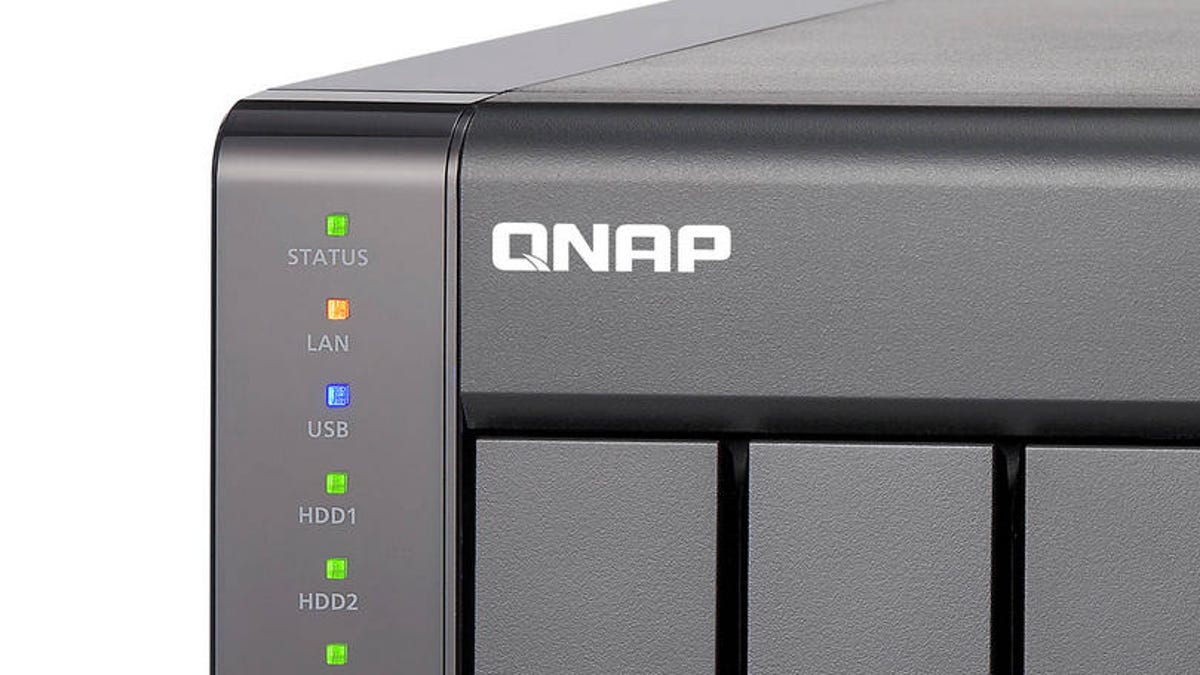I've been building pcs for years. Not experieced in raid arrays
I am replacing the win10pro server in my good friend's small med office (HIPAA compliant) and would like to raid 1 the single boot/storage drive for DRIVE redundancy, in cart is: dell Optiplex MINITOWER 7070 i5-8500 win10pro
1. will software raid suffice?
2. can the optiplex minitower 7070 be setup with software raid?
Server needs to
serves 7 workstations, 2 printers
backups currently are done via script nightly to usb drives (odd day drive and even day drive) with cloud backup to HIPAA compliant google drive. will be adding another backup with versioning after server is replaced.
I am replacing the win10pro server in my good friend's small med office (HIPAA compliant) and would like to raid 1 the single boot/storage drive for DRIVE redundancy, in cart is: dell Optiplex MINITOWER 7070 i5-8500 win10pro
1. will software raid suffice?
2. can the optiplex minitower 7070 be setup with software raid?
Server needs to
- host: windows Patient Management Software (50gb sql database)
- host :shared drive (150gb)
- host: printer
- bitlocker required
serves 7 workstations, 2 printers
backups currently are done via script nightly to usb drives (odd day drive and even day drive) with cloud backup to HIPAA compliant google drive. will be adding another backup with versioning after server is replaced.



